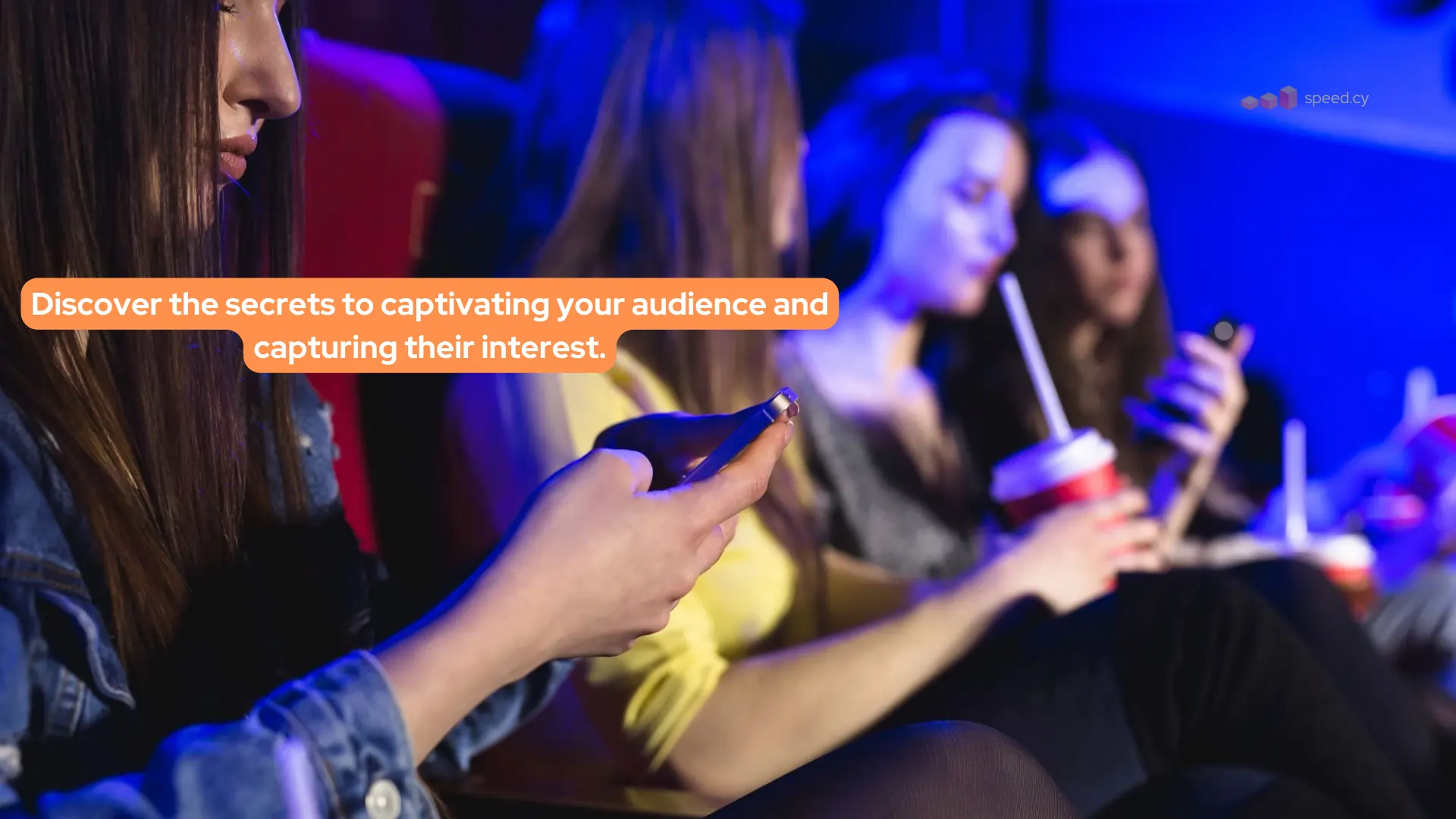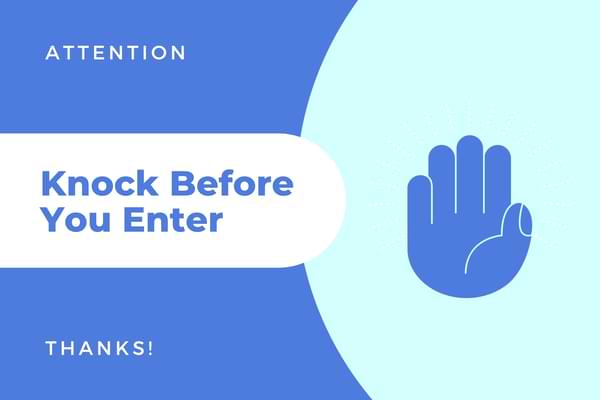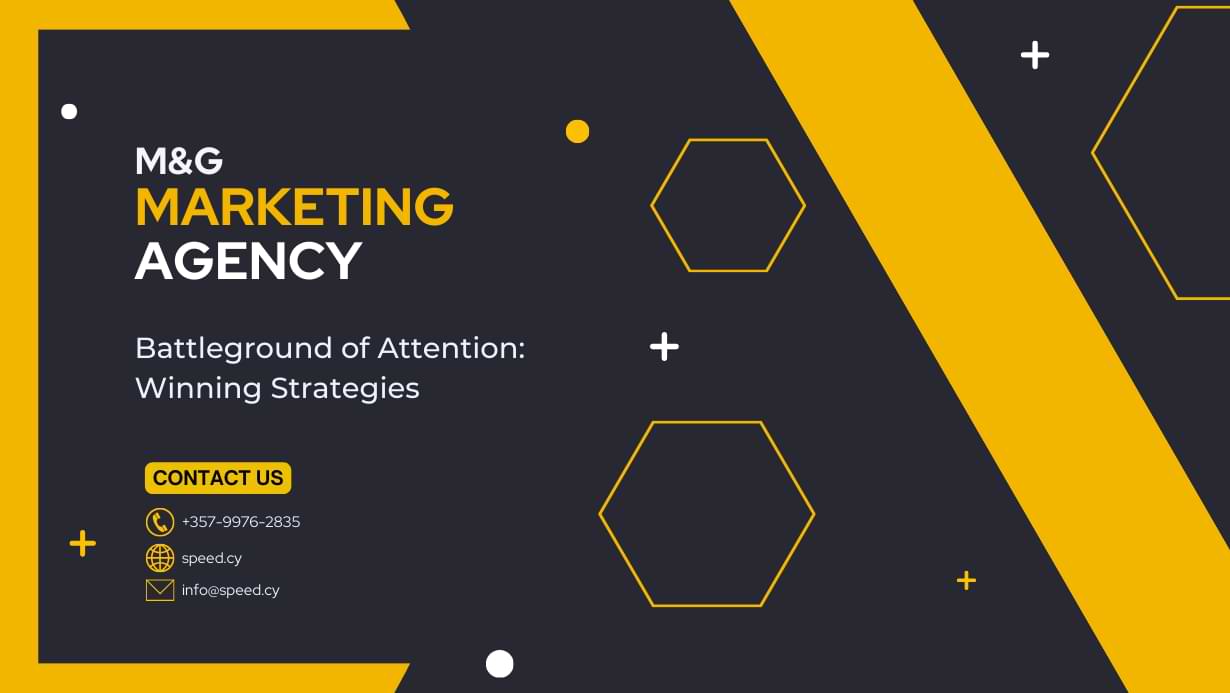Capturing and retaining audience attention has become one of the biggest challenges for content creators and marketers. Consider this: the average human attention span is now shorter than that of a goldfish – a mere 8 seconds!* With endless distractions just a click away, how can you create content that cuts through the noise and engages your target audience?
This comprehensive guide examines the root causes behind shrinking attention spans and shares research-backed strategies for creating irresistible content that wins the battle for attention.
*Source: Time Maggazine: You Now Have a Shorter Attention Span Than a Goldfish
Foundation
In the digital battlefield for consumer attention, most content dies a quiet death. Seconds are all you have to convince someone your message is worth their precious time. Yet, there’s a way to make your content stand out against the endless stream of distractions. This guide unlocks the secrets to captivating an audience and making your work unmissable.
- Understanding the distracted modern audience
- Crafting irresistible headlines and introductions
- Optimizing content for visual appeal
- Mastering the art of storytelling
- Creating mobile-friendly content
Armed with these strategies, you can create content that commands attention and leaves a lasting impact.
Understanding the Distracted Audience

To captivate modern readers, we must first understand what’s behind their shrinking attention spans. While it’s tempting to blame smartphones and social media, the root causes go deeper.
The Impact of Technology on Attention Spans
There’s no denying that technology has changed the way we consume and retain information. Studies show that increased use of smartphones and multitasking during digital activities directly correlates with shorter attention spans.
But technology itself is not wholly responsible. The way our brains process information has evolved to adapt to the influx of online content competing for our attention.
Faced with unlimited content, our brains have learned to rapidly filter and discard information deemed uninteresting or irrelevant. This allows us to avoid cognitive overload, but it also makes it challenging for content to hold our sustained focus.
The Role of Social Media
Social media plays a significant role in shrinking attention spans. Platforms like Facebook, Instagram and Twitter have conditioned us to consume content in bite-sized pieces that provide instant gratification.
This regular dopamine hit from new notifications and feeds makes it hard to focus attention for prolonged periods. But social media also provides valuable opportunities to reach audiences, if leveraged correctly.
The Pros and Cons of Catering to Distracted Audiences
Is optimizing content for distracted readers a good idea? There are pros and cons to both sides.
Catering to shorter attention spans can increase clicks and shares. But it may come at the cost of depth, nuance and quality. Shallow “clickbait” content often leaves readers dissatisfied.
The ideal solution is to find the sweet spot between concise delivery and comprehensive value. Eliminate fluff while providing useful depth readers crave. Takeaways should be scannable but not deprived of substance.
The key is understanding user intent and aligning content formats to match. For example, tutorials may warrant more details, while listicles call for bite-sized tips.
Now let’s explore some proven strategies for creating content that captures attention.
Winning Strategies for Capturing Attention

Based on insights from neuroscience and psychology, here are actionable techniques to grab and retain reader attention, even in a distracted digital landscape.
Creating Compelling Headlines and Introductions
Your headline is the first touchpoint with readers. An irresistible title can single-handedly determine whether your content gets read or ignored.
The Power of Curiosity-Driven Headlines
Research shows that curiosity is one of the most powerful triggers for attention. Headlines that spark reader curiosity entice engagement by creating an information gap that demands to be filled.
For example, a headline like “The One Exercise Secret for Six Pack Abs” piques interest more than “How to Get Six Pack Abs”. Asking questions and using “How to” formats also leverage curiosity.
Crafting Irresistible Introductions
Your opening lines must instantly convey the value readers will gain by investing their attention. Avoid generic introductions and get right to the point showcasing the payoff upfront.
List the benefits covered, present an intriguing statistic, or start with a compelling anecdote to reel readers in. Paint a picture of the “after”, not just the “before”.
Leveraging Visual Content
With so much competing for our attention, visual content can cut through the clutter. Our brains process images 60,000 times faster than text, so leverage this to your advantage.
The Importance of Eye-Catching Visuals
Every piece of visual content should have a clear purpose, not just added for decoration. Images, graphics, and videos should enhance and reinforce your message while being visually captivating.
Use high-quality images following the “rule of thirds”, with bold colors and contrast to attract the eye. Infographics summarize complex data visually. Videos immerse users when embedded effectively.
Best Practices for Integrating Visuals
The key is integrating visuals seamlessly into your content. Break up text with relevant images and graphics. Optimize them for web and include alt text descriptions.
Videos should be embedded at logical breakpoints and restricted to 2-3 minutes. Infographics should be easy to digest, with clear titles, labels, and summary.
Visual content improves retention by up to 65% – but only when purposefully incorporated. Don’t force it or you risk compromising user experience.
Mastering the Art of Storytellings are wired to respond to stories. An engaging narrative arc taps into cognitive and emotional aspects that drive attention.
The Science Behind Storytelling and Attention
Studies utilizing fMRI scans show that stories stimulate increased brain activity and emotional engagement. Narratives allow us to get lost in the experience, which equates to focused engagement.
By triggering dopamine release, stories essentially “hijack” the brain’s reward system. We become invested in the narrative payoff, sticking with it until resolution.
Tips for Crafting Engaging Stories
- Focus on relatable protagonist and conflict
- Structure the narrative with beginning, middle, climax and resolution
- Use descriptive language and evocative details
- Incorporate dialogue and imagery
- Build suspense and anticipation between plot points
A compelling story captivates attention by fulfilling the human need for connection. Weave in brand stories strategically at touchpoints where they enhance your message.
Optimizing Content for Mobile Devices
With over 60% of content being consumed on mobile devices, optimizing for smaller screens is crucial for engagement.
The Rise of Mobile Content Consumption
As device usage continues to climb, content strategy must align with how mobile users actually consume information. Smaller screens, fleeting interest, and fractured focus require reformatting content for scannability and skimmability.
Best Practices for Mobile-Friendly Content
- Use short paragraphs and bullet points
- Add descriptive headers and subheadings
- Include clickable links for smooth navigation
- Embed responsive videos and images
- Design for thumb-friendly interactions
- Prioritize above the fold content
Optimizing content for mobile-first consumption improves findability, shareability and overall user experience.
The Pros and Cons of Mastering Attention-Grabbing Strategies
While compelling content does capture reader investment, it’s crucial to strike the right balance between engagement and value.
The Benefits of Capturing Audience Attention
Increased Engagement and Loyalty
Attention-grabbing content fosters reader engagement and loyalty. Invested audiences are more likely to convert and become brand advocates.
Higher Conversion Rates and ROI
Captivated users spend more time on page, lowering bounce rates. They’re primed for your call-to-action once emotionally invested. This drives measurable ROI.
The Potential Drawbacks of Attention-Grabbing Tactics
The Risk of Compromising Content Quality
Prioritizing click appeal over substance can backfire. Readers will disengage if content lacks depth or feels manipulative.
The Challenge of Maintaining Audience Trust
While curiosity and drama can capture attention, overusing “clickbait” tactics will damage credibility. Losing reader trust is a surefire way to lose notice.
The key is balancing intrigue with quality content that engages and satisfies. Put user needs first, not just clicks. Deliver tangible value, and attention will follow.
Conclusion: Key Takeaways for Winning the Battleground of Attention
- Understand how technology impacts attention spans and leverage formats aligned with user intent
- Craft irresistible headlines and introductions focused on sparking curiosity
- Strategically incorporate visual content and storytelling to boost engagement
- Optimize for mobile devices with scannable formatting and responsive design
- Find the right balance between intrigue and substance; focus on delivering value
In today’s digital landscape, attention is the commodity that fuels content success. By leveraging psychology and neuroscience-backed strategies, we can create content that cuts through the noise. Keep these tips in mind, focus on serving your audience, and you will win the battleground for attention.
What strategies have you found most effective for capturing audience attention? I’d love to hear your thoughts and experiences in the comments below!





